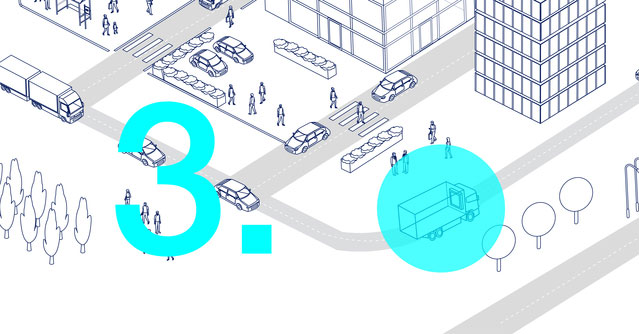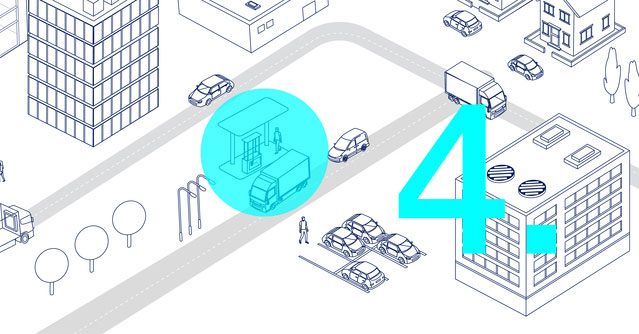Hydrogen – energy carrier of the future
Massive reductions in global greenhouse gas emissions are needed to prevent a global climate collapse. Mankind is still a long way from achieving this at the moment; in fact, we are currently even at a maximum level of CO2 emissions. Roughly half of the world’s CO2 emissions can be attributed to industry and transportation alone. Energy generation in these areas in particular must therefore be converted to clean and resource-saving technologies.
This is where hydrogen comes into play as the energy carrier of the future: Hydrogen has significant potential to contribute to decarbonization. H2, as it is chemically abbreviated, is therefore considered a key technology for a sustainable energy transition – especially in the critical areas of industry and transportation – assuming that H2 is produced green.
What is green hydrogen?
In general, hydrogen does not occur as a pure substance, but rather as part of larger molecular compounds, such as in water (H2O). To be used as an energy carrier, it needs to be dissolved by using energy-intensive chemical processes and brought into a pure state. Hydrogen can be obtained in various ways that are more or less climate-friendly.
- Gray hydrogen is produced with the help of fossil fuels. For example, the so-called steam reforming also releases CO2 in the process.
- Blue hydrogen is produced in the same way as gray hydrogen. However, the CO2 produced is captured in the production process. Around 90 percent of the carbon dioxide can thus later be stored in soils.
- Only green hydrogen is produced without any direct emissions of CO2 or other greenhouse gases. In a process known as electrolysis, water is split using green electricity and decomposed into its two elements, hydrogen and oxygen.

Hydrogen as a sustainable alternative to fossil fuels
In the future, green hydrogen can replace oil, coal or natural gas as a sustainable energy carrier. Hydrogen has the advantage of making green power generated from renewables storable and transportable. This means that spatial and temporal gaps in the energy supply can be bridged.
This is a particularly valuable feature for the transportation and industrial sectors. In heavy-duty transport, hydrogen drive systems have advantages over purely electric drives: They significantly increase the range of trucks. Experts predict that hydrogen will surpass diesel in terms of cost-effectiveness from 2030 on. For aircraft and ships, too, hydrogen propulsion is likely to play an important role.
Green hydrogen will also drive the energy transition in industry. According to the EU’s Renewable Energy Directive REDII, 32 percent of energy consumption must come from renewable sources by 2030. 80 percent of the demand for green hydrogen will come from industry by then. For example, feedstocks such as synthetic fuels, ammonia or methanol can be produced with the help of green hydrogen, as can new raw materials in the steel industry.
Key areas of the green hydrogen value chain
Although an energy supply based on hydrogen is not yet competitive today, this will change. The political willingness to do so is there, and the technologies are on the starting blocks. Voith covers key areas of the hydrogen value chain – from production to transport, storage and use.










